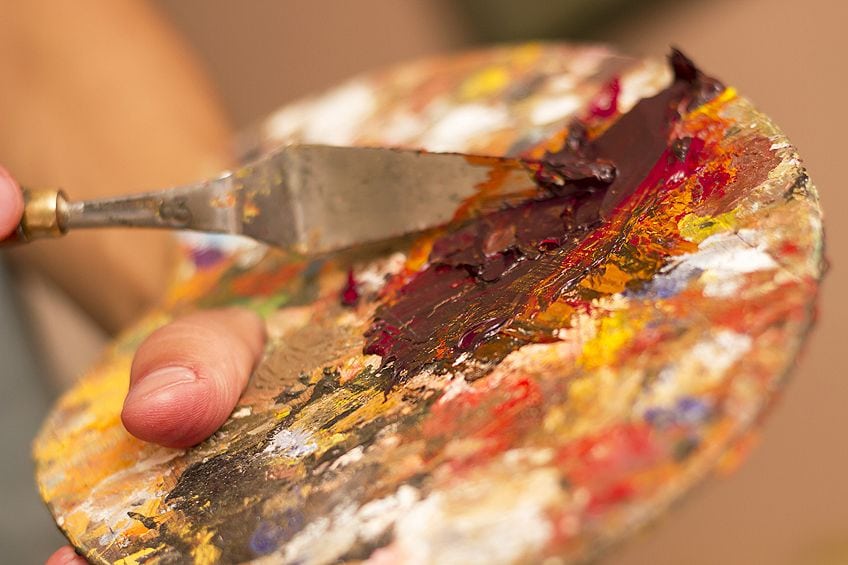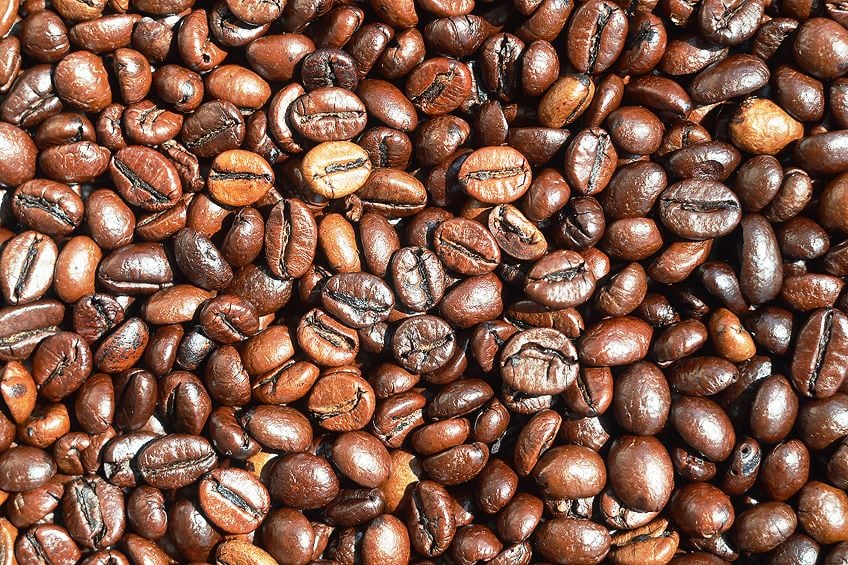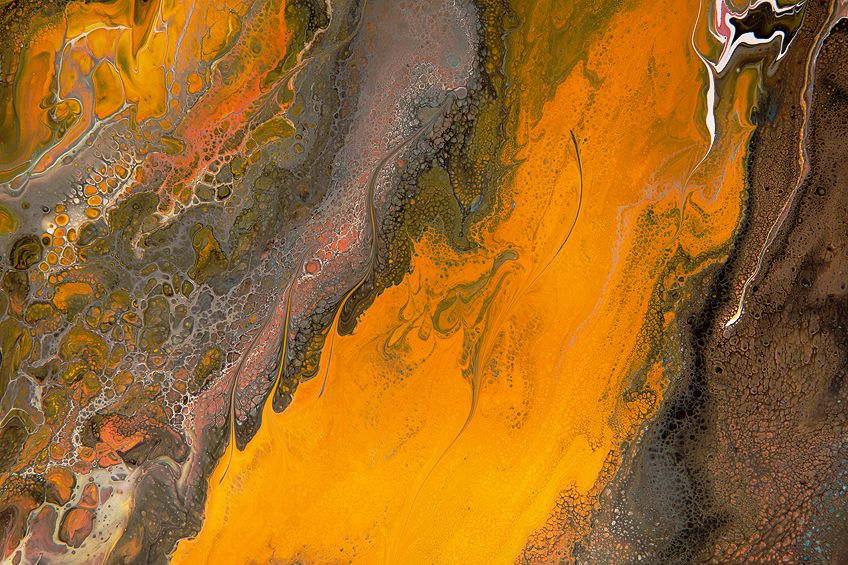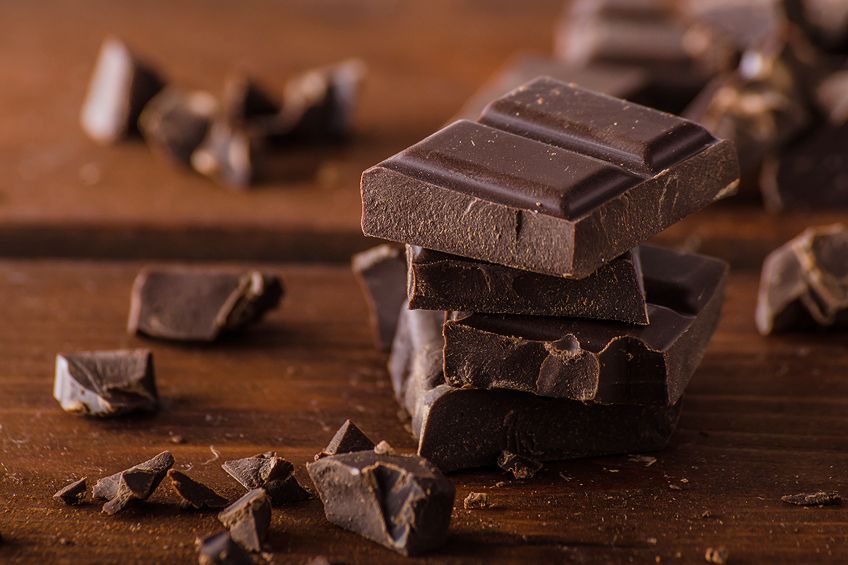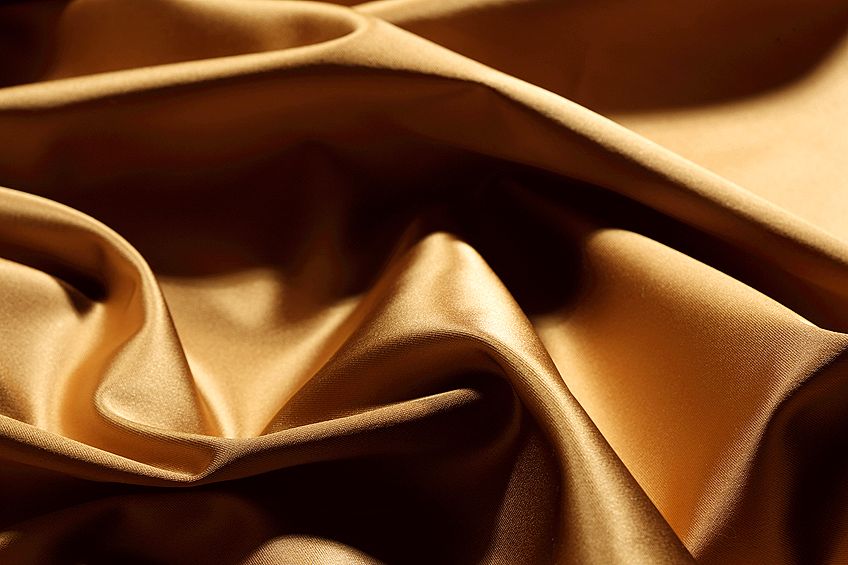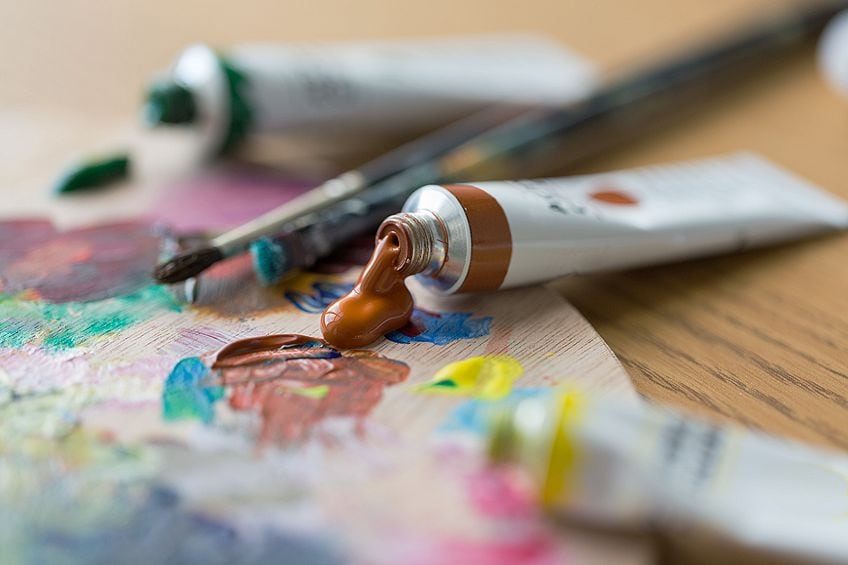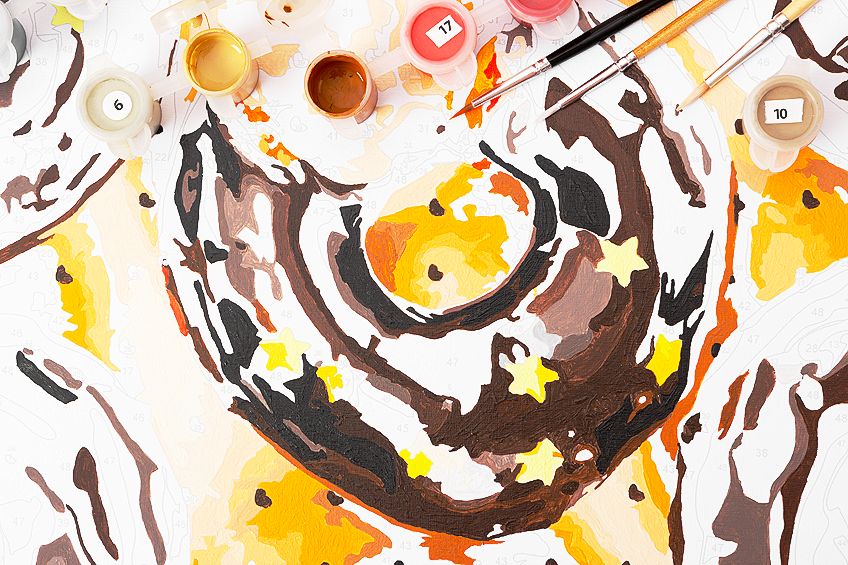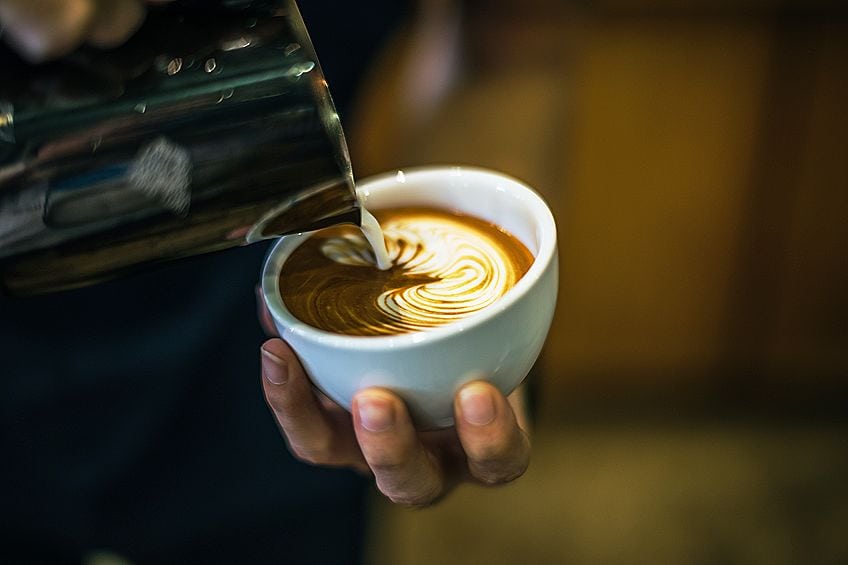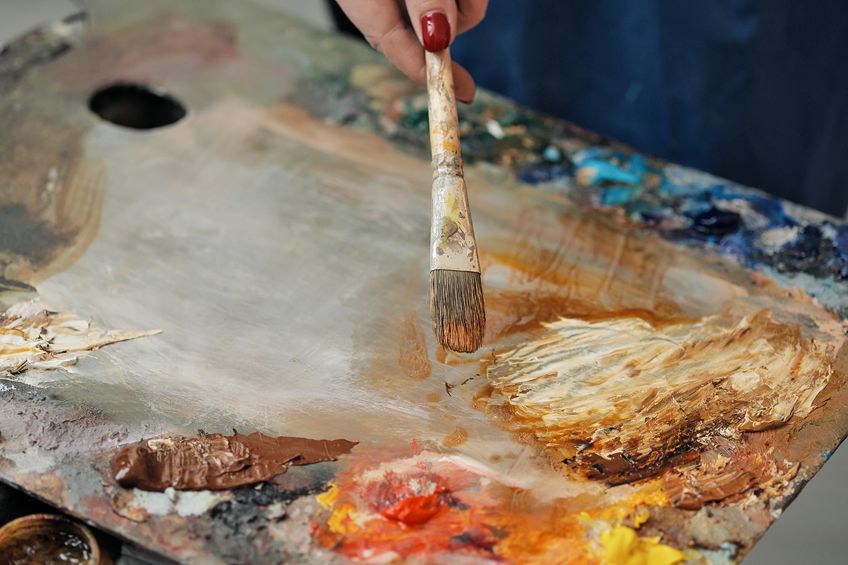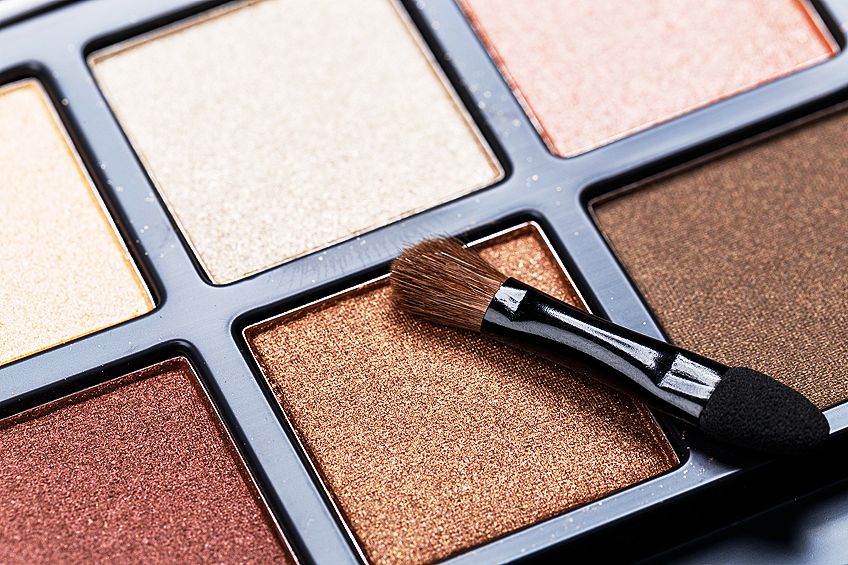What Colors Make Brown? – Learn the Shades of the Brown Color Palette
Brown is a color that we see practically every day. The color can be seen in wood, mud, and furnishings, among other things. The color is lovely, and it imparts a natural warmth as well as a feeling of aesthetic beauty. But what colors make brown? This article will explain the colors that combine to form the color brown, as well as how to create brown.
Contents
What Is Brown?
Brown is a neutral color that comes in many different shades. By mixing different hues, you may get a variety of brown tints. A few of the most common colors in the brown category are light brown, sand brown, as well as dark brown. The quickest method of creating brown is to combine the primary colors in equal proportions.
| Brown Shade | Hexadecimal Value | CMYK Value | RGB Value |
| #964B00 | (27, 63, 84, 72) | (150, 75, 0) |
History of the Color Brown
Since ancient times, the color brown has been used in art. The chemicals found in the earth were utilized to make brown dyes and hues by early civilizations. Among other things, walnuts, clay, and iron oxide were employed in their creation.
The usage of brown in artworks varied according to the historical era and the style of the artist.
For the most part, the color brown was used to make darker backgrounds with lighter foregrounds or subjects in the 18th century. The earthy hues were supposed to represent humility and intellect and were popular in the 1700s. The use of the color brown also allowed painters to create realistic renderings of sights and places in a natural environment.
Brown became less fashionable in the 20th century when painters such as the French Impressionists switched to bright hues and art began to seep into commercial production as well as popular culture.
Since brown is deemed a neutral color, it is frequently used in fashion. Because they are simple to mix with other neutrals or bright colors, brown is a staple in many western wardrobes today. Artists and designers may use a wide range of color approaches in their respective fields. When using analogous color schemes, hues on opposite sides of the color wheel tend to mix to create a seamless effect. Furthermore, these colors make each other pop out more.
Brown is sometimes considered to be drab or monotonous, and it routinely rates low on polls of people’s favorite colors. Beige, for example, gets bad press when it comes to designing, but contemporary trends encourage light earth tones to smooth out color combinations, particularly in specific designs like country chic, farmhouse chic, and rustic, which depend on neutrals as well as cool hues as their primary color palettes.
Brown is a color that is used to depict simplicity and objects that are in their natural states. Brown is often used to represent strength, stability, and warmth by artists because of its direct connection to the earth and naturally occurring hues. Brown may be utilized to convey feelings of security and reliability.
What Colors Make Brown?
Creating brown shades may be more difficult than creating other colors, such as secondary and tertiary colors. Various colors may be used to create a shade of brown, and to know which ones you can use to create a certain shade of brown, you must first understand the different colors.
Primary Colors
These are colors that cannot be formed by combining other colors. The primary colors are red, yellow, and blue. You will create brown if you mix these colors in equal parts and proportions. However, if you prefer a light brown color, you may include some white into the mixture. In addition, altering the proportions of these hues will assist you in achieving various shades of brown.
| Color Name | Shade | Hex Code | RGB Value | CMYK Value |
| Red | #FF0000 | (255, 0, 0) | (0, 99, 100, 0 ) | |
| Yellow | #FFFF00 | (255, 255, 0) | (0, 0, 100, 0) | |
| Blue | #0000FF | (0, 0, 2550 | (93, 67, 0, 20) |
Secondary Colors
A combination of two primary colors creates a secondary color. Colors such as orange, green, yellow, and purple are examples of secondary colors. The following colors must be combined to create secondary colors:
- A mixture of blue and red makes purple
- A mixture of yellow and red makes orange
- A mixture of blue and yellow makes green
So, when it comes to secondary colors, what two colors make brown? With secondary colors, you will no longer need to use the three primary colors. Instead, you will only have to use two. For example, mixing red and green will give you brown. Brown may also be made using the colors blue and orange, respectively.
The hue and tones of brown that may be achieved by combining all three main colors can be altered by using some of the secondary colors in your mixture. Using a brown base, you may add overtones of green, orange, or purple to give it a more vibrant appearance.
| Color Name | Shade | Hex Code | RGB Value | CMYK Value |
| Orange | #FFA500 | (255, 165, 0) | (0, 35, 100, 0) | |
| Purple | #800080 | (128, 0, 128) | (0, 100, 0, 50) | |
| Green | #008000 | (0, 128, 0) | (100, 0, 100, 50) |
Complementary Colors
Complementary colors are the different tones that are immediately opposite each other when peering at the color wheel. These are colors that look great when used in combination with one another. When discovering how to create brown paint, you may combine two complementary colors to get the desired color.
This enables you to access a far larger variety of brown tones and colors. You may also change the shade of the brown by adding a little more or less of each color as needed.
It is only when you begin to combine brown with complementing colors that you will understand how versatile brown can be. A new shade of brown is constructed by mixing each of the two pairs. Colors that are complementary to secondary colors are as follows: Blue and orange, as well as yellow and purple.
Even though these are just the primary colors, there is a wide range of distinct variants and intensities to be found between them. Whichever color is opposite one another on the color spectrum, no matter how intense, will always be the complementary color of the other color on the color wheel.
How to Make the Color Brown
There are a variety of approaches that may be employed to get the brown color you desire. Before you begin learning the many approaches for achieving this color, you must first ensure that you have the appropriate tools. The following are the resources that you will need to get started:
- Red paint
- Yellow paint
- Blue paint
- Opaque white paint
- A paintbrush
- Piece of paper or cardboard
- Painting palette
- Palette knife
- Water
- Paper towels
- Begin by placing equal-sized samples of each of the colors described above on a painting palette. Make sure that they are separated and far apart from one another.
- Using a palette knife, blend the sections of the primary colors. This will result in a muddy brown tint.
- Add a small quantity of white to the mixture to make it more opaque. This will help in brightening the mixture.
A little bit of opaque white helps lighten your brown, therefore, make sure to only use a little amount at a time. You may always add extra to get the color you want if necessary. If you would like to achieve a lighter color, keep adding a little amount of white.
If your brown starts to appear beige, you can warm it up by adding red or yellow. You can also cool it down by adding blue.
How to Get Dark Shades of Brown
To get a dark brown color, dark colors must be used instead of the primary colors. If you want to produce a gloomy appearance, you may choose a dark color such as black or purple. Red, yellow, and blue can also be used, however, you will need to balance it out by adding more red to achieve a darker shade of brown.
Alternatively, you can also use red together with ultramarine blue to get a dark brown color. When you combine red and black, you will obtain the same result as when you use red and black.
For red, the undertones might differ. It is typically more effective to use a bold hue of red. Examples of such colors are cadmium red, pyrrole red, and naphthol red. The result will be a smoother, deeper tone from any of these selections. If you add purple to the red to achieve a dark brown color, the results will be different from what you get when you add black. Adding black helps in achieving a smoother appearance and makes the color seem bright overall.
| Color Name | Color | Hex Code | RGB Value | CMYK Value |
| Pyrrole Red | #DA2829 | (235, 17, 46) | (0, 82, 81, 15) | |
| Naphthol Red | #C12026 | (193, 32, 38) | (0, 83, 80, 24) | |
| Cadmium Red | #E30022 | (227, 0, 34) | (0, 100, 85, 11) | |
| Ultramarine Blue | #4166F5 | (65, 102, 245) | (73, 58, 0, 4) |
Making Brown Shades Warmer
Colors aid in the capture of feelings and emotions, particularly when they are used in painting and sculpture. When it comes to brown, there is a vast variety of tones that may be achieved. For example, you may use warm colors like yellow, red, and orange to give your brown more warmth and depth by mixing them in with your brown.
Alternatively, if you want to get a cooler and darker brown tone, you might use colors such as blue and green. It is important to blend colors gradually and softly when attempting to bring out the warmth or coolness in a brown hue. The use of this method eliminates the problems that might occur when you add more color and then struggle to remove it.
However, if you do accidentally add too much of one hue, you can easily counterbalance it with the other. For example, red paint may be balanced by blue paint to create a more harmonious look.
How to Make Brown Paint
To be able to blend colors appropriately, brown is one of the most crucial hues to know. Various brown tones are required while painting various objects and for generating illumination and transitions in paintings. Having an understanding of how to manufacture brown paint is vital for really bringing your artwork to life.
Knowing how to create brown paint is crucial, especially if you want to use it in your artwork or craft projects. To make brown paint, it is important to ensure that the colors are correctly mixed. Depending on the mediums used, there are many different ways to make brown paint.
How to Make Brown Paint With Acrylics
Brown is a great color to consider having in your palette while painting with acrylics. One of the benefits of using acrylic paints is that they can easily be mixed and blended, which achieves more creative results. This provides a nice starting point for exploring various brown shades and combinations of browns.
It is possible to make brown paint from the primary colors in your acrylic palette if you have them on hand. You may modify the shade by altering the color ratios and additions.
A paintbrush, a palette, and a palette knife will be required to mix the acrylic paint. You will also need to have water close by to be used for cleaning the brushes. Furthermore, a testing surface such as a piece of paper is essential in helping you determine how the mixture is coming through.
Before you begin, make certain that you have your basic colors and opaque white paint available.
As soon as the brown has been combined, test it on a piece of paper to see how it will turn out when painted. As previously said, there are a plethora of possibilities available when it comes to combining brown color schemes. The most effective method to get a thorough understanding of this is to experiment with various mixtures by yourself.
How to Make Brown Paint With Watercolors
Mixing watercolor paints may be accomplished on a plate or a tray depending on your preference. Add the color first to a tiny puddle of water on the surface that you will combine with your hands. You may use a variety of colors to create this water puddle of your choosing. You will need to moisten the surface that you will be painting with water before you begin.
It takes some experience to get the hang of mixing watercolors, so simply explore and develop a feel for it. Remember to only combine the colors when you need them since they will dry up rapidly if not used immediately. Additionally, you may mix watercolor paints immediately on the paper, removing the need to mix them beforehand. However, we advise that only expert painters should do this because if the color mixture is incorrect, the whole artwork will be harmed as a result.
As a starting point for understanding how to make the color brown, you may use a mixture of orange and blue as a base color.
Brown, on the other hand, comes in a variety of distinct shades and variations that you may paint. A light blue or a dark blue can provide extremely varied results depending on the color of the blue ink that you use. If the brown isn’t quite perfect, you may always add extra yellow, red, or purple to get it closer to the desired color. With time and practice, you will be able to create brown paint in a variety of different shades and tones that will suit your needs.
Shades of Brown
Brown colors are created by blending the primary colors, which are yellow, red, and blue. When painting, you may want to use several colors of brown to portray diverse objects such as wood, skin tones, as well as hair.
Different brown shades may also be used to enhance the lighting and reflections on the walls and ceiling.
The color brown may be dark or light, or warm or cool. Altering the color value of brown can make it light or dark. This is simply accomplished by including black or white paint into the mix. Intensity may be altered by adding the complementary color to the mix, making it brighter or duller as desired. To make shades of brown, you must first have a deeper understanding of the brown color palette. As previously explained the main colors may be blended in equal parts to form brown. Now, by just adding white, you may make it seem brighter.
When you mix the three primary colors in various proportions, you will obtain a variety of brown shades to choose from. Then there are the secondary colors and complementary colors that can also be used to make brown.
Popular Shades of Brown
Even though you may simply make a variety of brown shades, it is astounding to realize that there are lots of different shades of brown available to choose from! To find the exact shade on electronic devices, all of these shades have their distinct names and color codes.
The color code is referred to as hexadecimal (hex) codes, where the color codes are composed of six letters and digits. A given color’s quantity of red, green, as well as blue, is represented by the letters and numbers.
Some common shades of brown are beige, wood brown, light brown, chestnut, tan, dark brown as well as chocolate brown.
| Brown Color Name | Shade of Brown | Hex Code | RGB Value | CMYK Value |
| Beige | #F5F5DC | (245, 245, 220) | (0, 0, 10, 4) | |
| Tan | #D2B48C | (210, 180, 140) | (0, 14, 33, 18) | |
| Chestnut | #954535 | (149, 69, 53) | (0, 54, 64, 42) | |
| Wood Brown | #964B00 | (150, 75, 0) | (0, 50, 100, 41) | |
| Light Brown | #B5651D | (181, 101, 29) | (0, 44, 84, 29) | |
| Dark Brown | #654321 | (101, 67, 33) | (0, 34, 67, 60) | |
| Chocolate Brown | #7B3F00 | (123, 63, 0) | (0, 49, 100, 52) |
Tips for Creating the Color Brown
To create the color brown, you first have to determine the shade of brown that you are wanting to create. We have listed some suggestions below to assist you in creating the correct shade of brown for whatever art project you are working on.
- Decide on what color combination to use based on the colors that you have available. Complement the chromatic circle with complementary or opposing shades, or the three main colors, to provide depth and dimension.
- If you would like to make a lighter shade of brown, you should use brighter colors as opposed to darker colors. Alternatively, if you want to create a darker shade, you should use darker colors over brighter ones.
- Ensure that you achieve the most accurate result possible while preparing a shade of brown. Therefore, we advise that you first produce the color on the sheet of paper or screen that you will be comparing it with, before beginning.
The Relevance of Using a Brown Color Palette
A big portion of the process of learning to paint is based on experimentation, as well as luck. Many aspiring painters just throw paints together and hope for the best. Nevertheless, if you acquire the appropriate procedures and have a solid understanding of color theory, you will be able to reap a wide range of painting rewards.
When mastering how to create brown paint and combine colors, a color scheme is one of the most useful tools that you may have at your disposal. Alternatively, you may purchase a real color wheel from an art store, or you can find it online.
- The ability to acquire a broader variety of colors from a smaller brown color palette helps you to save money on paint purchases. When you know how to mix paint properly, you will waste less paint in the long run.
- You may not always be able to locate the precise color shade that you want in a tube. Therefore, you can easily mix colors to get the shade you want. Painting realistically will need a thorough understanding of color theory and the ability to combine different hues.
- Knowing how to correctly mix colors can assist you in becoming a more accomplished painter and artist. Being able to effectively combine colors is a valuable problem-solving ability that all aspiring artists should be able to acquire.
When it comes to creating brown, a variety of colors such as primary, secondary, and complementary hues may be used to get the desired shade. Knowing how to create brown paint is a necessary ability for every artist who wants to express themselves creatively. Brown can be found everywhere in the natural world, and there is a myriad of various colors of brown to choose from to suit your needs. If you are a newbie to color mixing, the most effective way to learn is to explore and try several ways, until you have a firm understanding of the basics of color mixing.
Frequently Asked Questions
What Is the Best Way to Make Brown Paint?
Making brown paint will necessitate the use of many distinct colors blended. There are a variety of approaches that may be used to accomplish this. The most frequent method is to combine equal amounts of each primary color. Another option is to combine secondary colors with the complementary hues of the primary colors.
Is Brown a Warm or Cool Color?
A variety of brown shades are available, enabling the color to be manipulated in either direction. Some browns feature overtones of yellow, red, or orange, which makes them seem to be a more welcoming color. Other browns include more blue or purple pigments, giving them a cool color in contrast to the others.
What Are Complementary Colors?
These are colors that appear opposite each other on the color spectrum. Therefore, to find a complementary color for a specific color, simply find it on the color wheel and look at the color directly opposite it.
What Is the Best Way to Make a Light Brown Color?
Mixing a significant quantity of white to the mixture of the three primary colors may result in a brilliant, lively light brown color when used in conjunction with other colors.
Is Brown Considered a Neutral Color?
Yes, brown is a neutral color. A lot of vibrancy and intensity are absent from neutral colors. By blending two colors that are complementary to one another, you may get these neutral colors. Other neutral colors are white, beige, and tan, among others.
How Can I Create Brown from Primary Colors?
A brown shade may be created by combining equal quantities of paint from each primary color on a color mixing palette. It is fairly simple to combine the three primary colors. A little quantity of white may be necessary to alter the color of the final result.
What Two Colors Make Brown?
Colors such as orange and blue, as well as red and green, may combine to form brown. It is also possible to use secondary colors to generate changes in the brown tone produced by the three primary colors.
Megan is a writer and researcher who holds a degree in Social Sciences, with a specialization in Psychology and Environmental Science, from the University of Cape Town. Her dedication to acquiring knowledge and making a positive impact has driven her current work in promoting conscious and sustainable growth in Southern Africa. Megan’s interests encompass exploring the physical and psychological impacts of color in our environment on our mood and well-being. She is also passionate about the role of art and creativity, which has been an integral part of society since the beginning of human history. Since 2022, Megan has been contributing blog posts on painting and color theory at artfilemagazine.
Learn more about Megan van Schoor and about us.
Cite this Article
Megan, van Schoor, “What Colors Make Brown? – Learn the Shades of the Brown Color Palette.” artfilemagazine – Your Online Art Source. February 10, 2022. URL: https://artfilemagazine.com/what-colors-make-brown/
van Schoor, M. (2022, 10 February). What Colors Make Brown? – Learn the Shades of the Brown Color Palette. artfilemagazine – Your Online Art Source. https://artfilemagazine.com/what-colors-make-brown/
van Schoor, Megan. “What Colors Make Brown? – Learn the Shades of the Brown Color Palette.” artfilemagazine – Your Online Art Source, February 10, 2022. https://artfilemagazine.com/what-colors-make-brown/.


